Visual brand identity.
Problem.
How to create visual brand identity?1. What are the elements of visual brand identity?
If you want to make a lasting impression on your target audience, making the right decisions when it comes to visual brand identity is crucial. Here are the five most important visual brand elements that should be considered:
1. Choose the right brand name
2. Create a consistent visual style
3. Develop a compelling logo
4. Pay attention to color
5. Select appropriate typography
Typography concerns the style and appearance of any lettering or fonts used as part of your visual brand identity. These characteristics can have a significant influence over people’s purchasing decisions and help to further emphasize the message of your brand. Typeface and font choice can affect whether the right message is being communicated and these should conform to the overall visual brand style.
Resource: https://www.waveapps.com/blog/visual-brand-identity-design/
2. What is the process of creating visual brand identity?
Phase 1: Research, Vision & Design Brief
This phase should be as thorough as needed — depending on the depth of
research and size of the company. It's the most crucial part of the overall process, and should result in a design brief that guides the rest of the project.
Answer the questions:
Phase 2: Logo, Identity, & Guidelines
After the research phase is complete and a design brief has been
created, it's time to start designing the logo and identity system.
The Logo
Firefox logo.

The Identity System
Examples:
1. Fortaleza 2020 by Guivillar
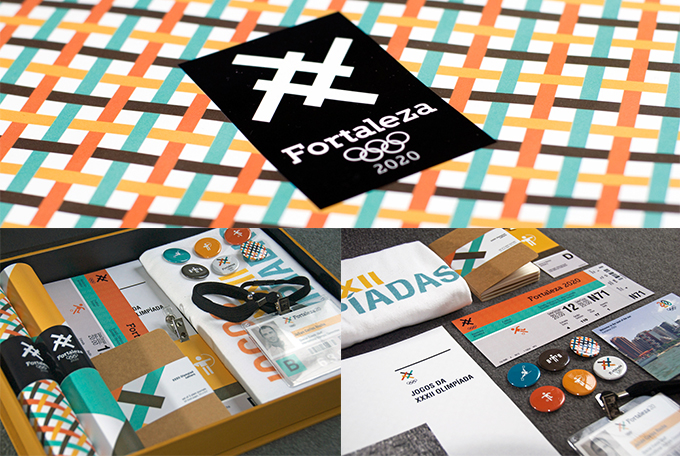
2. Handsome Coffee Roasters by Ptarmak
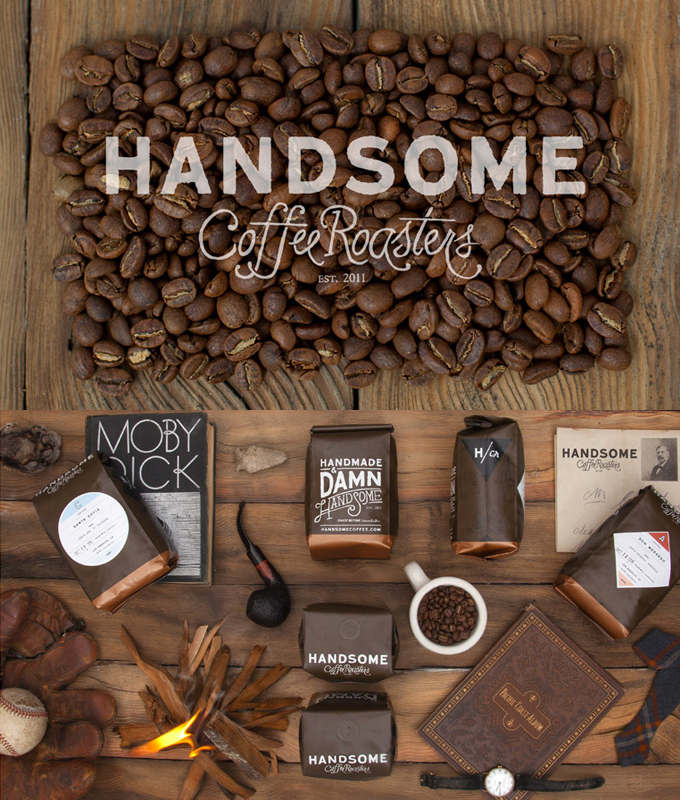
The Style Guidelines
Phase 3: Monitoring & Rebranding
Lastly, after a new brand identity has launched, it's important to
monitor and care for it, as it's a living and breathing thing that
interacts with your customers. Honestly, that's a loaded statement as
there are many ways to properly care for a brand. Regardless, over time,
if your target audience shifts, the market evolves, or the brand's
products and services change, it may be time for a rebrand. The main
challenge with rebranding is trying to maintain familiarity and
consistency so that your customers will remember you.
Resource: https://creativemarket.com/blog/2013/07/23/designing-a-brand-identity
3. Examples of strong brands in Russia.
1. Gazprom is global energy company, owns the biggest gaz pipe line system.
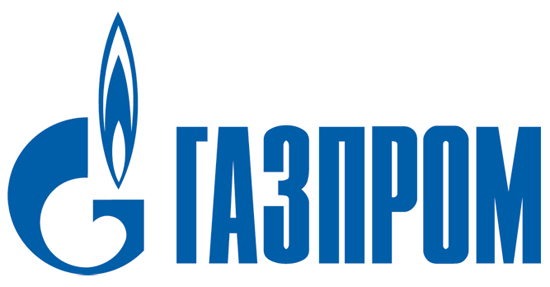

2. Norilsk Nickel is a world's largest producer of nickel and palladium. It's one of the world’s leading producers of platinum and copper.

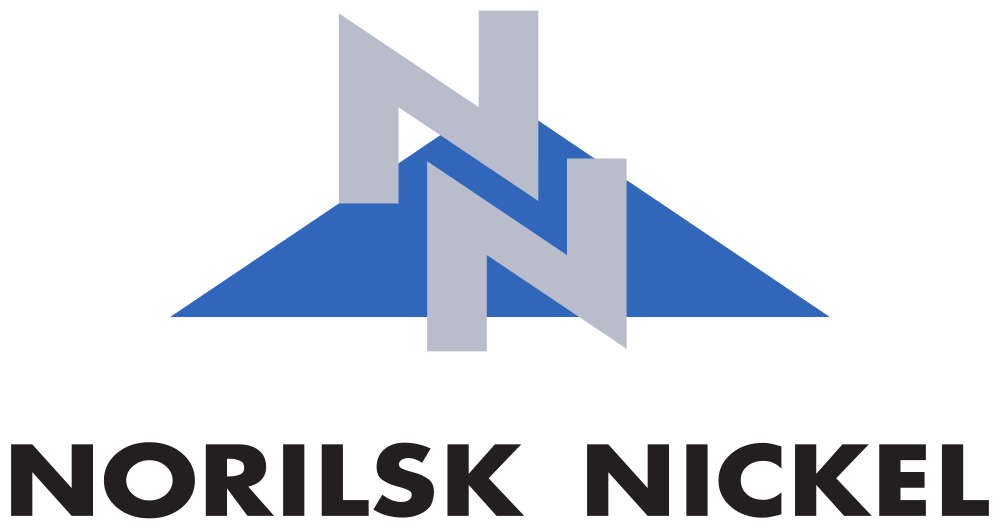
3. Mobile operator. Services: broadband internet connections, telefony, and digital video broadcasting.
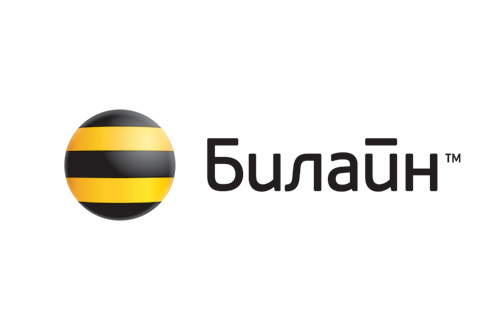

3. Strongest telecommunication brand; largest mobile operator.


4. Megafon is also mobile operator. First in Russia that introduced 4G network and made nanoSIM for iPhone5.


5. Russian railways.

6. Sberbank Rossii is a government-owned bank headquarterd in Moscow.
As of 2012 it was the largest bank in Russia and Eastern Europe, and
the third largest in Europe.



7. Rosneft is the leader of Russia’s petroleum industry and the world’s largest publicly traded petroleum company.


8. Lukoil is Russia's second largest oil company, owns a wide network of filling stations.


9. Russian vodka "Russian Standard".

10. Baltika - Russian's beer market leader.
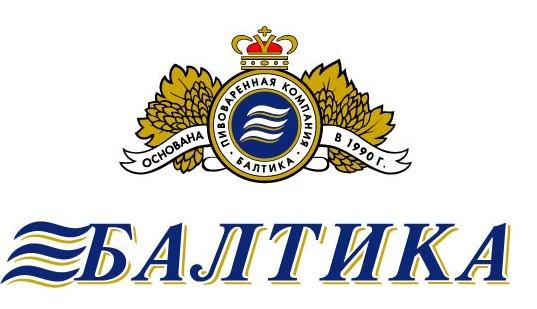

11. Yandex is a Russian Internet company which operates the largest search engine in Russia with about 60% market share in that country.

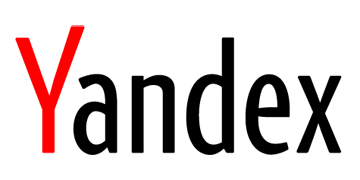
Комментариев нет:
Отправить комментарий